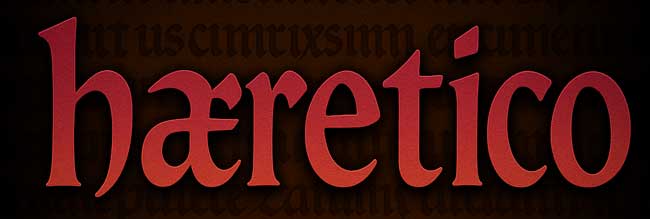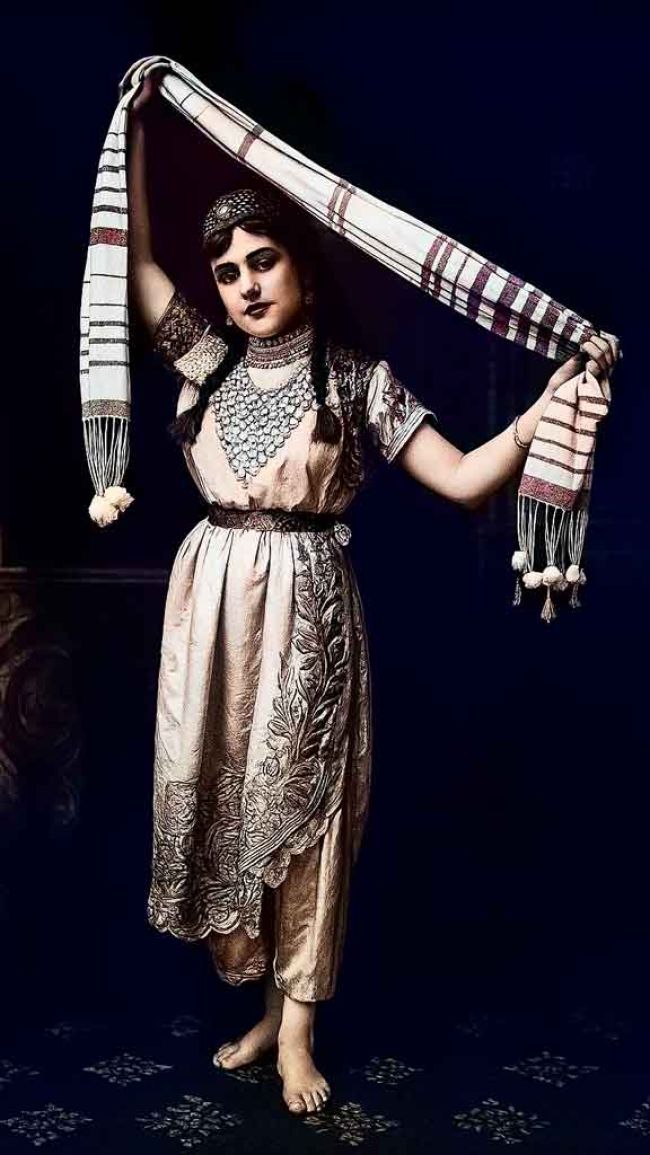Written by David Caldwell ·
The Morris Dancer: History, Identity, and Controversy
Morris dancing, one of the most recognisable elements of English folk tradition, has long been both a symbol of national heritage and a subject of debate. With its colourful costumes, sticks, bells, and distinctive steps, the dance appears light-hearted on the surface. But its roots reveal a complex blend of ancient ritual, continental influence, and evolving social meaning. This article explores the origins of Morris dancing, the traditions around it, the Moorish connection, and the controversy surrounding the practice of blacking faces.
Origins and Early Forms
The word Morris is widely accepted as deriving from the Spanish word Morisco, meaning 'Moorish.' As early as the 15th and 16th centuries, references appear in English, French, and Spanish records describing exotic and theatrical dances featuring elements that were interpreted as foreign or 'Moorish'. One 1911 article explains:
"It was a great favourite in this country in the sixteenth century, was derived through Spain from the Moors, its name being taken from the Spanish word, 'Morisco'."
The earliest performances in England seem to have taken place during festival days such as Whitsuntide, May Day, and Christmas. Dancers would often accompany processions or be part of local fairs and church festivals. The dances were not just entertainment but community events, part of a calendar of seasonal rites, possibly with earlier quasi-religious or ritualistic origins.
According to an early 20th-century account, the dance:
"was performed by ten youths and one maiden, the former in panoply with bells at their feet."
The inclusion of characters from English folklore, Maid Marian, Friar Tuck, Little John, suggests a blending of native and imported traditions. A painting from the time of Henry VIII reportedly shows a Morris troupe including Maid Marian and a hobby-horse.
Some early 20th-century sources attribute the introduction of Morris dancing to John of Gaunt, Duke of Lancaster, who is said to have brought the dance to England through his Spanish connections. One such account claims he "had a Spanish wife and called himself King of Castile." This story aligns with the theory that the dance originated in Spain as a solo performance, before evolving into a group dance in England.
Plough Monday and Agricultural Roots
One important seasonal link to the Morris tradition is Plough Monday, the Monday after Twelfth Night. In the north of England, farm labourers would drag a plough from door to door, collecting money to drink, a practice known as Plough Monday. The custom may originate from the feudal requirement for workers to return to their lord's land after Christmas, signifying the start of the ploughing season.
Men in disguise, often with blackened faces or wearing costumes, would perform dances and comedic skits. A noted custom was the appearance of Plough Monday morris dancers or Bessy and the Fool, similar to mumming characters. These figures often featured ribbons, colours, and clogs, dancing to music while collecting coins.
One writer observed:
“The Moriscoe dancers... appeared in their shirts with ribbons of various colours tied round their arms and across their shoulders. They dance into alehouses, &c. and always beg money.”
This suggests that even by the 18th and 19th centuries, Plough Monday retained links to earlier ritualised performances and Morris-like revelry.
Whitsuntide Revels and Morris Ales
Whitsuntide was among the most prominent festivals associated with Morris dancing. Falling fifty days after Easter, Whitsun Sunday commemorated the descent of the Holy Ghost and was marked by processions, miracle plays, and festive dances.
Before the Reformation, it was used by churches to dramatise religious stories. The cathedral at Chester was especially noted for its “Mysteries,” which sometimes included Morris-style performances. Later, Whitsuntide celebrations became more secular and community-based.
Many villages held Whitsun Ales, festive gatherings where ale was brewed and sold for communal fundraising. A "Lord and Lady of the Ale" would preside over these events, and entertainment included singing, dancing, and Morris performances. These ale feasts were typically held outdoors, often on the village green or near a church.
Shakespeare even alludes to the practice:
“Were busied with a Whitsun Morris-dance.”
These events could draw entire towns into celebration. In places like Kidlington, Oxfordshire, the “Lady of the Lamb” led processions where dancers and musicians performed and ritualised plays took place. At Greenhill near Lichfield, mechanical effigies of town tradesmen were paraded on poles. At Eton, Whitsun saw elaborate mock Roman processions and fundraising through theatrical display.
Over time, these traditions began to fade or evolve, but the association of Morris with Whitsuntide remained strong. The pageantry, community involvement, and ritual structure of Whitsuntide mirrored the Morris ethos: celebration with deep cultural roots.
Different Regional Forms
Morris dancing was never a single unified tradition. The Headington and Esperance styles, for example, differed in movement and presentation. In a 1900s letter to the Westminster Gazette, Cecil Sharp commented on this:
"The Morris is a straight-leg dance, as the best traditional dancers will always tell you... The action should be forward and backward, not up and down, a movement which, so far as I know, is peculiar to the Morris dance."
Some dancers performed more violent and elevated steps, which Sharp criticised as inelegant and historically inaccurate.
Closely related are sword dances from the north of England and mummers’ plays performed on special festival days. Mummers and guises, in particular, often included folk drama with comic or dramatic episodes, sometimes accompanied by masked or blackened faces as part of their costume.
Today, however, a wide variety of dance forms, once celebrated independently at different festivals and within distinct local customs, are collectively grouped under the single label of “Morris dancing.” This raises a question: why has such a diverse range of traditions, styles, and seasonal celebrations been standardised under one name? Does this consolidation risk oversimplifying the richness of England's folk heritage?
The 'Moorish' Dancer and Blackface
By the Elizabethan era, the term Moorish dance or Morris dance had become widespread. Shakespeare references the tradition in Henry V:
"Let us do it with no show of fear; No with nor now shall we hear their drum, England, Were busied with a Whitsun Morris dance."
The connection to Moors was not simply etymological. It became embedded in the popular imagination as a form of exoticism. Throughout the 19th and early 20th centuries, newspapers and encyclopaedias explained Morris as a contraction of 'Moorish' and made references to blacked-up dancers representing foreign figures.
An illuminating comment comes from a 1963 newspaper clipping, in which Mr. Ron "Skip" Hooker, described as an expert on Morris dancing, said:
“The Morris men formed a sort of all-male secret society in many parts of the country. They would all dance with black faces, until quite recently,” he said. “People think they originated from the ‘Moors’.”
That phrase, “until quite recently”, is key. Even by 1963, blackface was seen as outdated, problematic and its decline acknowledged.
Although often now justified by reference to disguise, criminality, or coal dust, the practice of blacking up has clear historical links to performance tropes rooted in racial caricature and exoticism. Some defenders argue it was simply used to hide identities, sometimes citing poachers or mummers as examples. Yet, as one 19th-century newspaper clipping illustrates, the blackening of faces was closely associated with criminal gangs:
"The poachers had their faces blackened..."
While poachers did blacken their faces, the romanticised image of the poacher as folk hero may be a later invention, and it’s unclear how widely that specific association influenced Morris customs.
There was a resurgence of face blacking among Morris sides in the late 20th and early 21st century, particularly among some groups resistant to modern reinterpretation of the tradition. This was a reversal of earlier 20th-century attitudes that saw blackface as increasingly inappropriate.
The racial connotations of blacking up have become more widely recognised in recent years, particularly as Morris groups have performed in public settings and faced criticism. Many now choose colourful masks, face paint, or abandon disguise altogether.
History with Responsibility
The Morris dance is a living tradition. Like many folk customs, it has changed, evolved, and adapted to its social context. The practice of blacking faces, once passed off as harmless or traditional, is now subject to rightful scrutiny.
But recognising the complexity of the Morris tradition, its continental roots, regional variants, folk theatre links, and ritual origins, helps us separate history from romanticism. Morris dance is no less authentic when it moves forward.
As Mr. Hooker said in 1963, it was already “until quite recently” that such customs persisted. If people were already questioning it in 1963, perhaps it's time we asked ourselves why it persists, and how we can honour tradition without perpetuating harm?
Related Articles
4 October 2025
The Ancient Blood: A History of the Vampire27 September 2025
Epona: The Horse Goddess in Britain and Beyond26 September 2025
Witchcraft is Priestcraft: Jane Wenham and the End of England’s Witches20 September 2025
The Origins of Easter: From Ishtar and Passover to Eggs and the Bunny12 September 2025
Saint Cuthbert: Life, Death & Legacy of Lindisfarne’s Saint7 September 2025
The Search for the Ark of the Covenant: From Egypt to Ethiopia5 September 2025
The Search for Camelot: Legend, Theories, and Evidence1 September 2025
The Hell Hound Legends of Britain25 August 2025
The Lore of the Unicorn - A Definitive Guide23 August 2025
Saint Edmund: King, Martyr, and the Making of a Cult14 August 2025
The Great Serpent of Sea and Lake11 August 2025
The Dog Days of Summer - meanings and origins24 June 2025
The Evolution of Guardian Angels19 June 2025
Dumnonia The Sea Kingdom of the West17 June 2025
The Roman Calendar, Timekeeping in Ancient Rome14 June 2025
Are There Only Male Angels?
